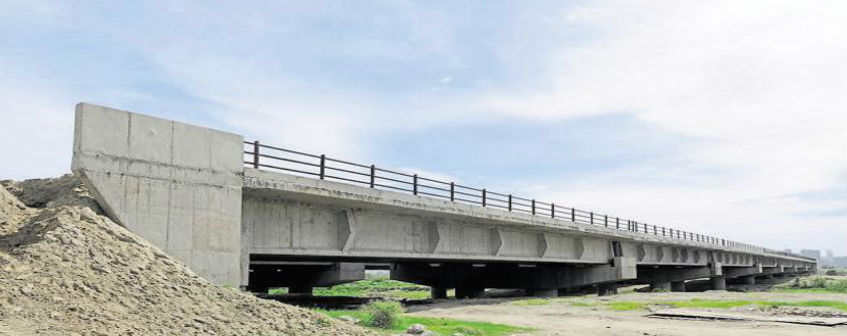The recent efforts of Indian government to enhance governance and transparency standards in the real estate sector will support foreign institutional investor interest, said Alistair Elliott, group chairman of Knight Frank in an exclusive interaction with Kailash Babar.
There are a great deal of new regulatory developments occurring in India, including Real Estate Regulatory Act (RERA) and Real Estate Investment Trust (REIT). How would you see this from a foreign investors’ view?
It is an outstanding effort from the government to expand the governance and transparency standards in the real estate sector. Both the Real Estate Regulation Act (RERA) and the Real Estate Investment Trust (REIT) regulations will, as a result, pull in more abroad institutions investors and developers to take an interest in the Indian real estate sector. It is important the local market is as transparent as could be expected under the circumstances and anything that opens India for foreign investment, while being transparent, will be useful to India.
With REITs accepting the green signal, do you think India will be a hot market for investors around the world?
While the law was set up in 2014, no REIT has seen the light of the day in India. The government has sweetened the plan by following up on a large group of perspectives, and a progression of revisions in the course of recent years have put Indian regulations at per with worldwide standards. With the stage now ready, the country could see its first REIT in the next 6 months. Progressively investors are searching for boost for their portfolios; in this way developing markets with enhanced regulation will progressively pull in abroad investment.
What changes do you find in the Indian realty market in the next few years? What might you like?
The set of regulatory changes that have already been presented by the government, combined with best development rehearses that worldwide developers convey to the sector, improved regulation, should lead to transformation, greater transparency of ownership, certainty of leases, ease of movement of cash all through the nation, assurance of leases, trust in construction and a stable political environment.
Most Indian cities have FSI usage limit compared with other international cities…
FSI limit should go in tandem with the base conveying capacity. In instance of India, the FSI is much lower compared to international cities yet ought to be continuously expanded if work on infrastructure development goes hand-in-hand.
Mumbai and Delhi now include on the world’s most costly office spaces. Do you think this is justified based on infrastructure here or is this because different markets have crashed or are still to recover completely?
Indeed, India is among the most affordable internationally. For example, according to our Global Cities Report, Mumbai positions number 5 out of 30 worldwide urban areas as far as prime office space cost. With a venture corpus of $100 million, 2, 12,472 sq ft of prime office space can be purchased in Mumbai contrasted with only 13,966 sq ft in Hong Kong. It is likewise proof of the developing ubiquity of rising urban communities. Future growth will depend on quality of structures and levels of demand.
Lot of luxury brands are holding hands with Indian developers for branded residences in India… will be India prepared for this kind of offerings? What might be the following pattern one can expect in this segment?
Branded residences in cities like Mumbai, NCR, Bengaluru and Pune have seen thankfulness from clients. In future, with rising purchaser goal, we could expect the branded residence developments extending impression in Tier II cities. This is a generally settled model, to link developers with marked branded residences and we would anticipate that this will keep on growing.
How might you say Indian property showcase has evolved as compared to Dubai or London?
London has the benefits of a long established real estate market. Dubai has risen, however with greater transparency and incredible concentrate on foundation taking note of that in both instances the scale is very much more modest compared with India.
Do you see more Indians investing abroad? On the off chance that yes, then what do you think would be the reason?
Yes, with the development in the HNI populace in the nation, speculation abroad is additionally on a rising direction. Better quality of health and life, business opportunities and better duty environment are the top reasons for Indians to invest abroad. With Brexit, we have seen an expanded interest in London properties from India.

